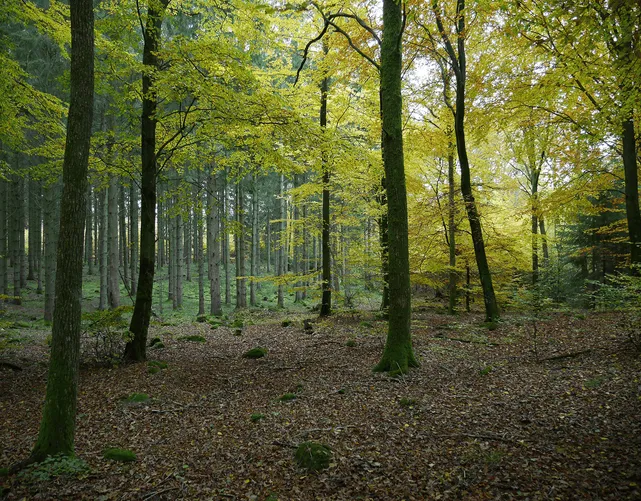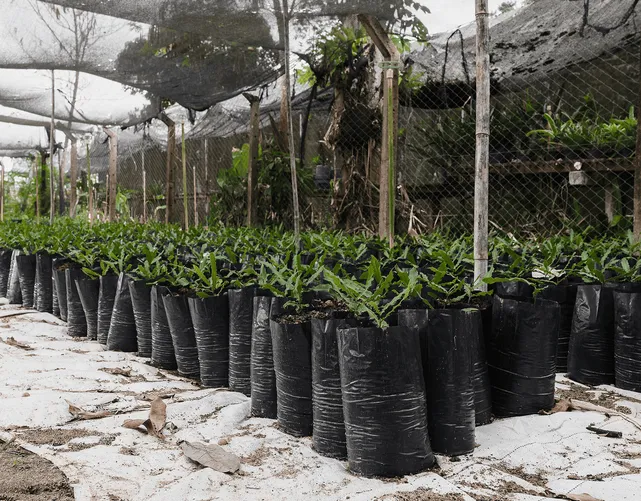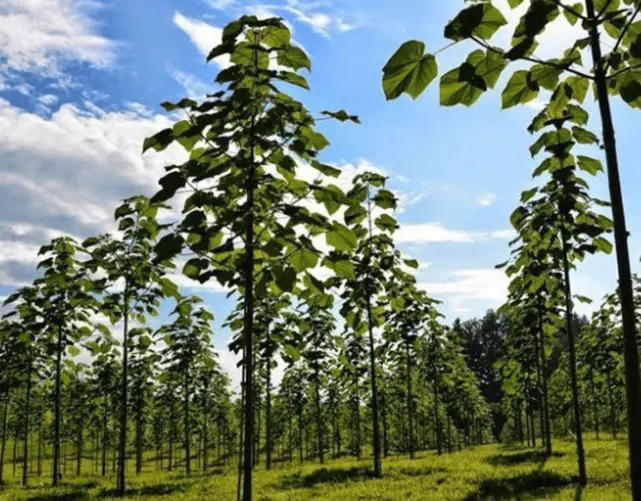Particularly successful has been the integration of Paulownia into existing forest ecosystems. In our plantings this tree species shows impressive growth of up to three metres per year while binding large amounts of CO₂. Our agroforestry systems are likewise delivering promising results: alongside CO₂ capture they lead to measurable improvements in soil quality, increased biodiversity and stable agricultural yields even in climatically challenging years.
Our German projects have also provided important insights for optimising CO₂ sequestration in temperate climates, which we are now implementing at our other European locations. The models we have developed for climate-resilient mixed forests are already being adopted as exemplars by other forestry operations and forest owners.


